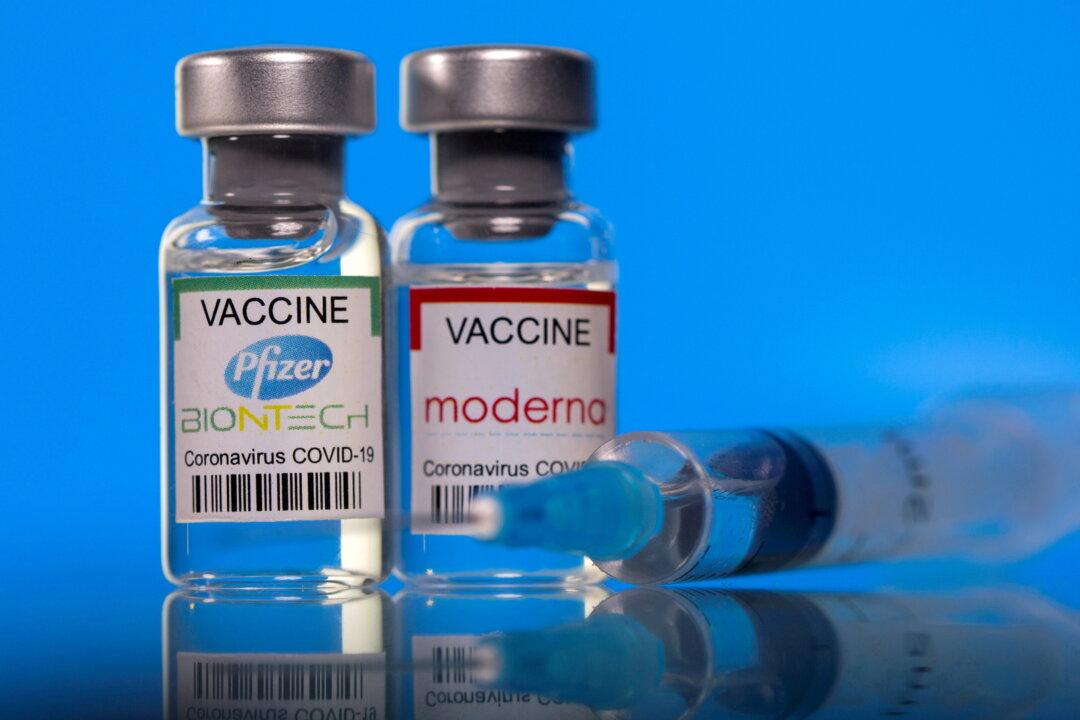Analysis of recent swab tests in England suggests that fully-vaccinated people are three times less likely to test positive for COVID-19 than unvaccinated people, the UK government has said.
The government-backed REal-time Assessment of Community Transmission study-1 (REACT-1) published its latest report on Wednesday.





